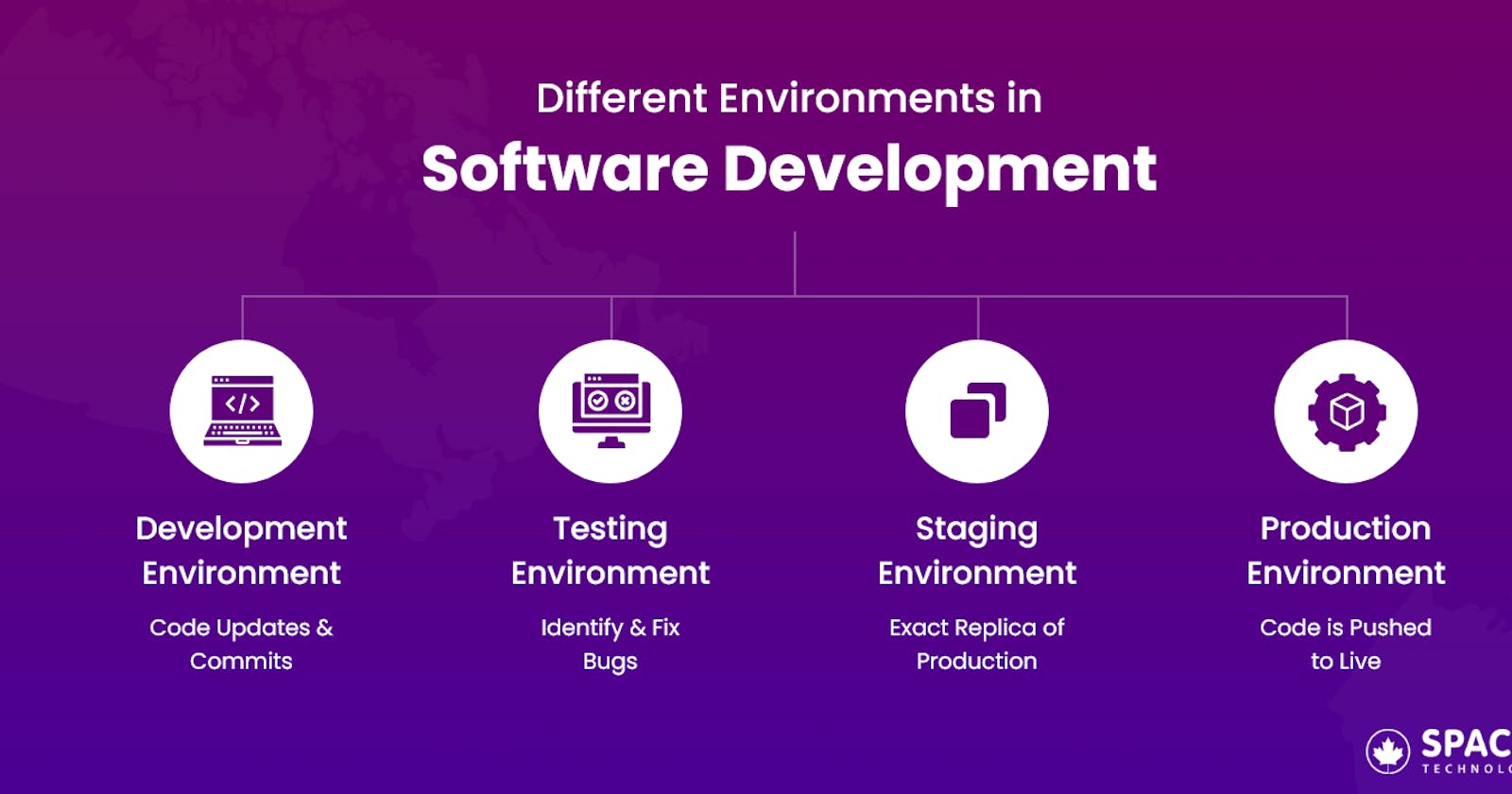Navigating the Digital Seas: Understanding the Software Development Environments
Whether you're a seasoned developer, a budding software enthusiast, or simply a digital explorer, understanding what are environments & how they work in the software lifecycle is crucial.
This post will give you an overview of four major environments:
Development Environment: This is where the software is initially developed. It's a space for developers to write and test their code in isolation from other environments. This environment is often the first stage where new features or bug fixes are introduced.
Testing Environment: Also known as the QA (Quality Assurance) environment, this is where the software is thoroughly tested. This environment is intended to mimic the production environment as closely as possible to identify any bugs or issues before the software goes live.
Staging Environment: This environment is a replica of the production environment and is used for the final testing phase. It's a pre-production environment where all the features of the software are tested to ensure they work as expected in a production-like setting.
Production Environment: This is the live environment where the software is available to its end-users. It's the environment that hosts the final, tested version of the software application. Maintaining stability and performance in this environment is crucial as it directly impacts the end-user experience.
Each environment plays a vital role in ensuring that the software is developed, tested, and deployed effectively, reducing the risk of errors or issues in the production environment.
To dive deeper, check out this post --> https://www.spaceo.ca/blog/environments-in-software-development/
Cover image credits: https://www.spaceo.ca/blog/environments-in-software-development/
